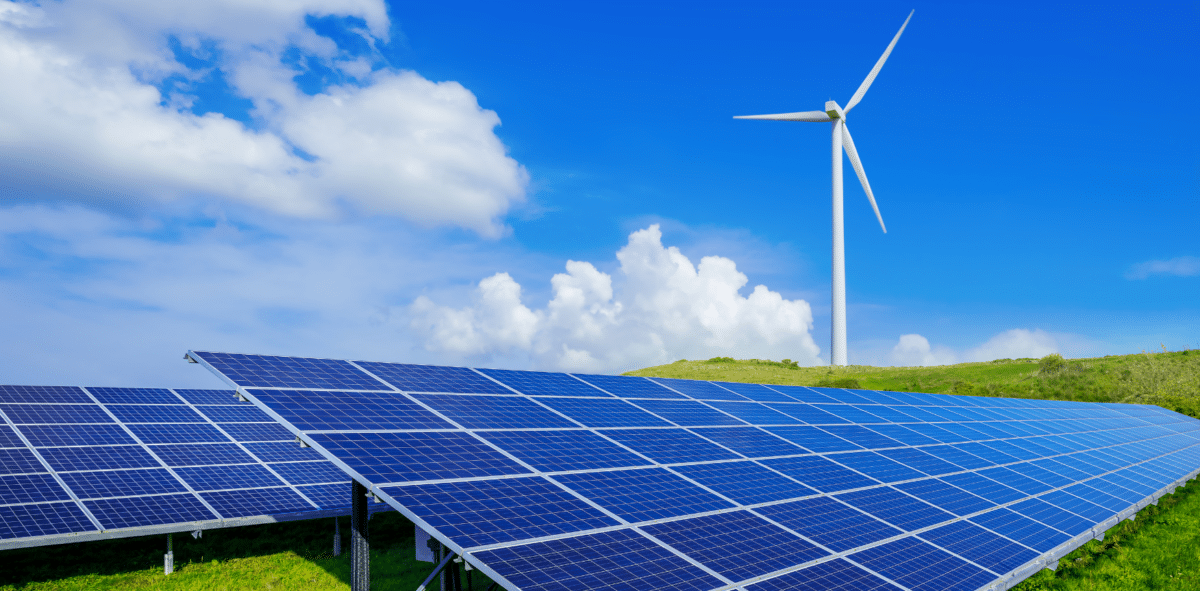
7 key challenges to overcome when investing in Australian renewable energy
03.9.2024Properly understanding the potential financial returns of an investment in the context of operations in the Australian Energy market
Renewable energy generation projects utilising solar, wind and battery technology find revenue sources from offtake agreements, arbitrage of wholesale electricity prices, providing grid stabilization services via mechanisms such as FCAS and by accessing green trading certificates when they are available. In Australia, the changing regulatory environment, extremely volatile short-term wholesale market, and increasing levels of Government incentive mean that modelling potential returns is complex.
The design and strategy of each project will determine the extent to which these revenue streams and return on asset investment can be maximised. A thorough understanding of the mechanisms, together with experience in financial modelling, the variables will provide the basis for investment decision.
Understanding the differing regulatory regimes associated with Australian renewable generation investment
There are risks associated with deployment of solar, battery and wind projects that differ across states in Australia due to state regulatory processes. These risks are associated with approval requirements, social license to operate conditions, grid infrastructure and market volatility. Most states in Australia are setting up Renewable Energy Zones and participation in these zones carry regulatory requirements which differ across the states.
The requirements for building and operating renewable generation assets correlate to investment requirements and return potential and should be thoroughly understood and assessed before making investment decisions.
Understanding the Australian ecosystem of key suppliers for build and operation of renewable generation assets
There are a raft of advisors, builders, operators and operational support companies operating in Australia that can provide services and partnership opportunities. Knowledge of these organisations and their strengths can provide significant economic efficiencies when investing in and operating renewable generation assets.
Validation of financial, operational, regulatory assumptions withing proposed investment models
The Australian market for developing and operating Clean Energy assets is unique. Knowledge and experience of building and operating assets is required to properly assess the assumptions the seller of a project has portrayed. Failure to properly assess and challenge these assumptions can introduce avoidable risk in the investment decision.
Understanding the mechanisms to access Australian government support opportunities
The Australian government has increased the level of support for renewable generation projects using a number of different mechanisms including grants, loans, equity investment, tax subsidies and direct transaction. Accessing these opportunities is often a complex set of processes. Understanding the way these mechanisms work and providing access to them requires specialist knowledge and skills. This specialist assistance can make a substantial difference in economic returns for a project when Government support is provided.
Understanding the implications of current and future development of critical infrastructure in Australia
Critical infrastructure, particularly grid infrastructure is the platform that can determine the success or failure of a proposed renewable generation project. In Australia, each state is setting up Renewable Energy Zones (REZ) that align grid, water and connection infrastructure to areas where renewable energy is likely to be built. Understanding the implications of location of a proposed renewable generation project in relation to grid and other infrastructure is a key element in investment decision and must be considered carefully and in detail. Understanding the implications of project location requires specialists in regulatory process with an understanding of present and future grid infrastructure.
Comparison of renewable generation investment against other similar projects in the market
Knowledge and experience of other renewable energy generation investments and the returns they are achieving provides useful tools in assessing the build and market operation strategy of any prospective investment. Collection of this knowledge and associated data requires the support of organisations actively participating in the market.
InterFinancial Clairfield operates dedicated and focused Clean Energy sector teams around the world. In Australia, our senior members of the Clean Energy team focus all their time on assisting clients with their investment needs from capital raise to divestment. Our in-house capability plus extensive network of partnerships provide the skills required to answer the 7 key challenges facing organisations looking to invest in renewable energy generation.









